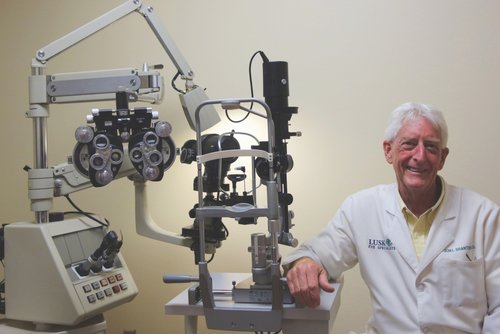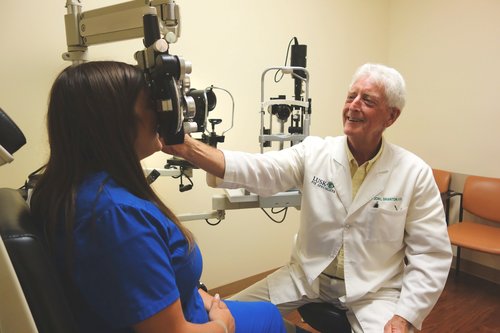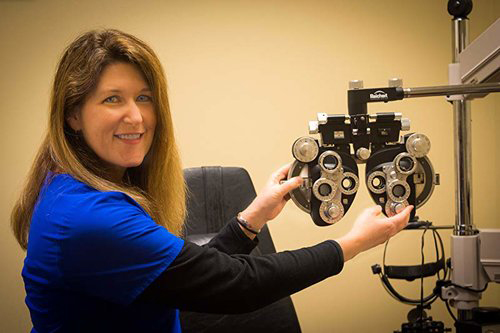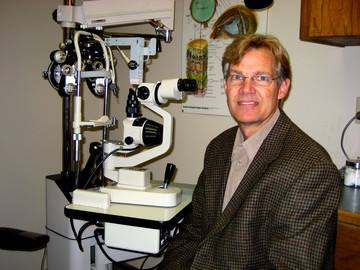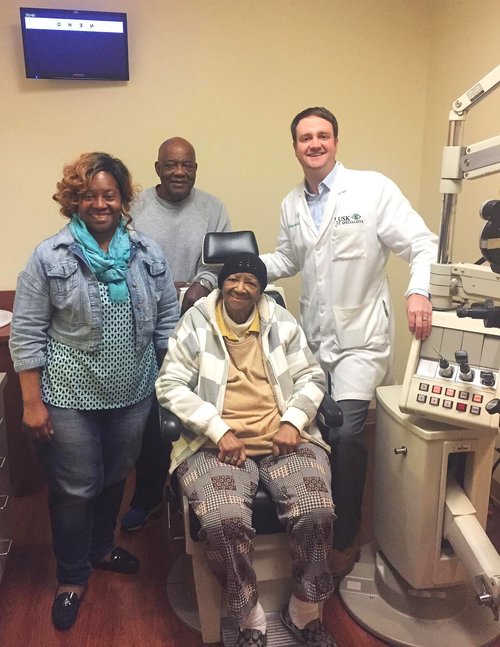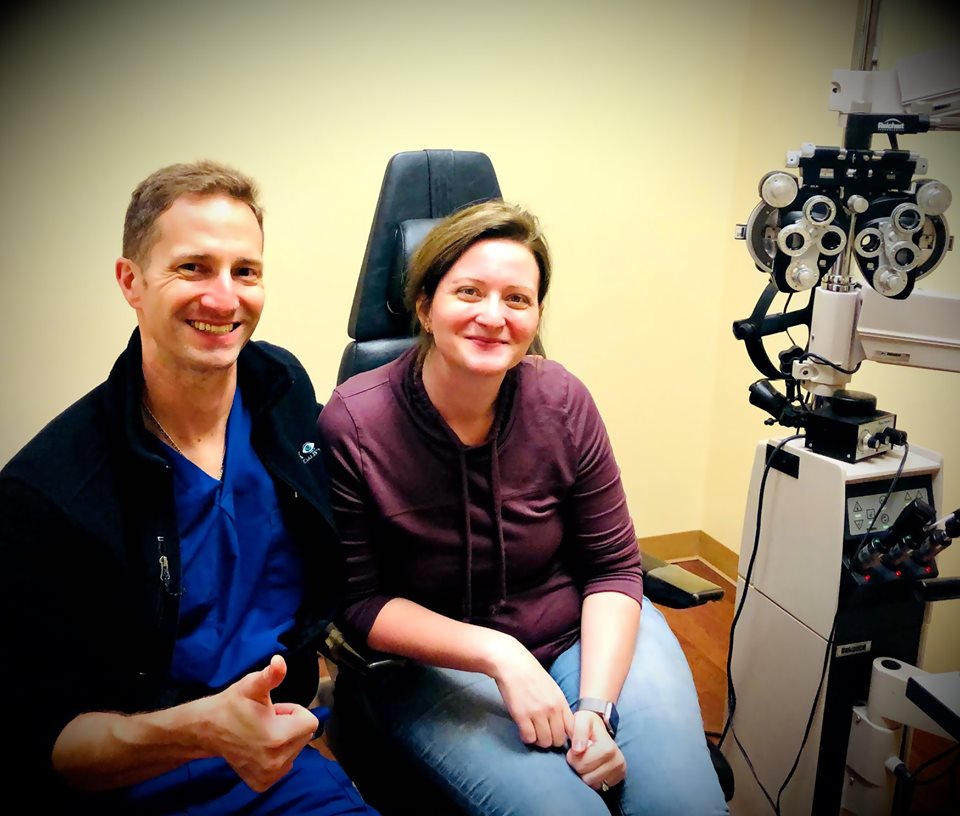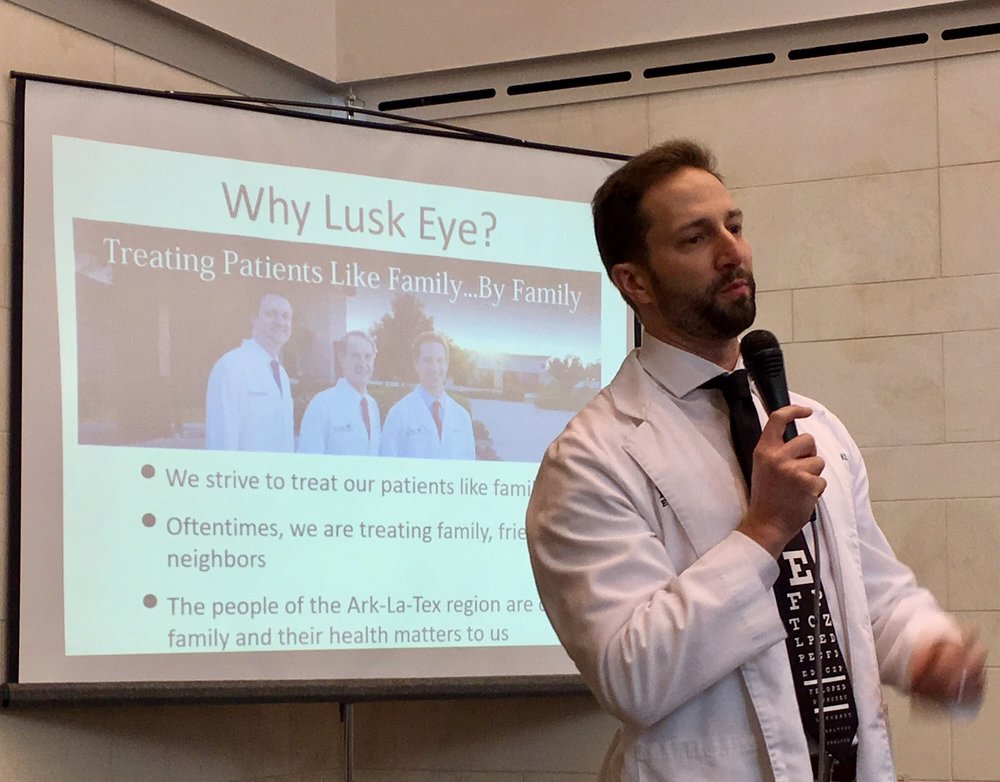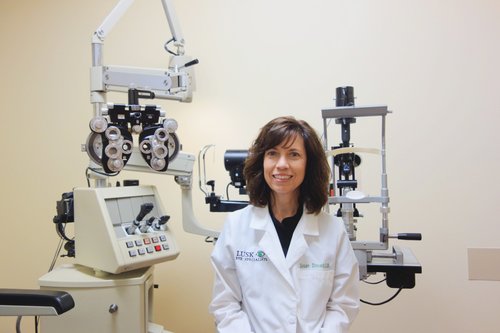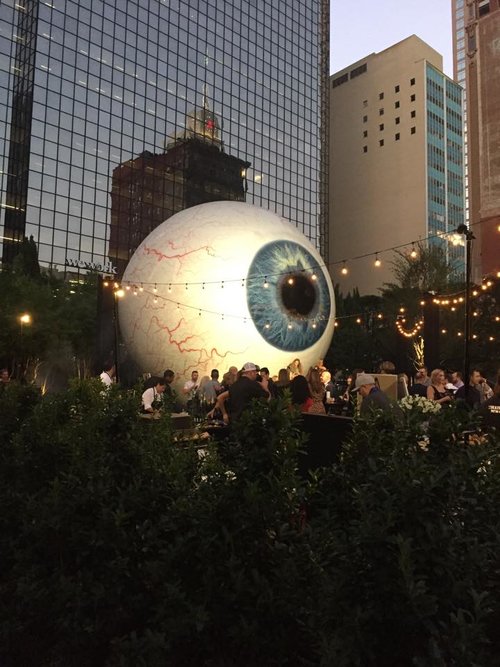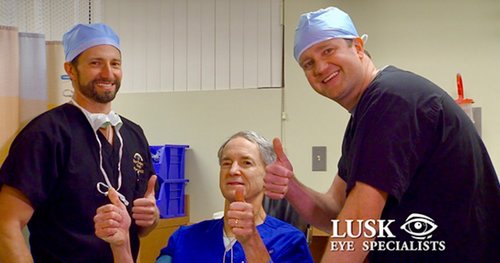Diabetic Retinopathy Treatment in Shreveport-Bossier
Diabetic Retinopathy – is the leading cause of blindness among adults. Approximately, 25% of current diabetics have some form of the disease. The risk of developing diabetic retinopathy increases with the age of the diabetic person and the duration of the disease. It is estimated that 90% of diabetics may experience some for of diabetic retinopathy over the course of their life. However, only a small percentage of those developing diabetic retinopathy have serious vision problems and even a smaller percentage become blind.
Diabetic Retinopathy treatment in Shreveport-Bossier can help prevent blindness and other complications associated with diabetes.
What is Diabetic Retinopathy?
Diabetic retinopathy is a complication of diabetes mellitus which causes abnormalities in the tiny blood vessels nourishing the retina. These vessels weaken, leak fluid and blood, and fail to provide nutrients necessary for good health in the retina. Left untreated, diabetic retinopathy can result in severe visual loss, including blindness.
What is background Diabetic Retinopathy?
Diabetic retinopathy can take two forms, background retinopathy and proliferative retinopathy. During the early stage of the disease (background retinopathy), small blood vessels in the retina leak a clear fluid (serum) into the surrounding tissue which causes swelling. Abnormal blood vessels may also hemorrhage or leak fats and proteins which form deposits. If fluid collects in the macula, diminished or blurred vision will result. However, if leakage or deposits occur in the outer edges of the retina, no symptoms may be noticed.
Sight is not usually seriously affected in cases of background retinopathy. In fact, the condition does not progress in 89% of patients. However, background retinopathy is a warning sign and can progress into the more serious stage of the disease, proliferative retinopathy.
Who is at risk for this disease?
All people with diabetes are at risk–those with Type I diabetes (juvenile onset) and those with Type II diabetes (adult onset).
During pregnancy, diabetic retinopathy may also be a problem for women with diabetes. It is recommended that all pregnant women with diabetes have dilated eye examinations each trimester to protect their vision.
What causes Diabetic Retinopathy?:
The cause of diabetic retinopathy is not completely understood. However, it is known that diabetes weakens small blood vessels in various areas of the body, including the retina. Unfortunately, the development of diabetic retinopathy cannot be prevented.
What are the symptoms?
Though vision may gradually become blurred, significant loss of sight does not usually occur with background retinopathy. Since the patient does not experience pain or external symptoms such as blood-shot eyes or discharge, changes in the retina can go unnoticed unless detected by an eye examination.
When bleeding occurs in proliferative retinopathy, the patient has clouding or complete loss of sight. Connective tissue pulling on the retina causes distortion and blurring. However, if abnormalities occur in the peripheral retina, the patient may not experience any symptoms.
How is Diabetic Retinopathy diagnosed?
A comprehensive eye examination is the best protection against the progression of diabetic retinopathy. The disease can be detected by viewing the retina with instruments which illuminate and magnify the structures of the eye. If diabetic retinopathy is found, fluorescent angiography is performed to determine the extent of blood vessel leakage. In this procedure, a series of photographs are taken as a dye travels through the retinal vessels. In some cases, ultrasound equipment may be used to check for retinal detachment.
How is Diabetic Retinopathy treated?
Diabetic Retinopathy treatment depends on the location of the disease and the degree of damage to the retina. If retinopathy occurs in the peripheral retina, careful monitoring of the disease may be all that is necessary. When retinopathy affects the macula and central vision, laser treatment is usually necessary.
In cases of background diabetic retinopathy, lasers may be used to seal blood vessels that have leaked serum. Laser treatment may not halt the disease entirely but can reduce further visual loss by delaying the onset of proliferative retinopathy. The proliferative stage of the disease is also treated with lasers to curtail the growth of new abnormal blood vessels.
Laser treatment of diabetic retinopathy is usually done on an outpatient basis in our Shreveport-Bossier office or outpatient center.











